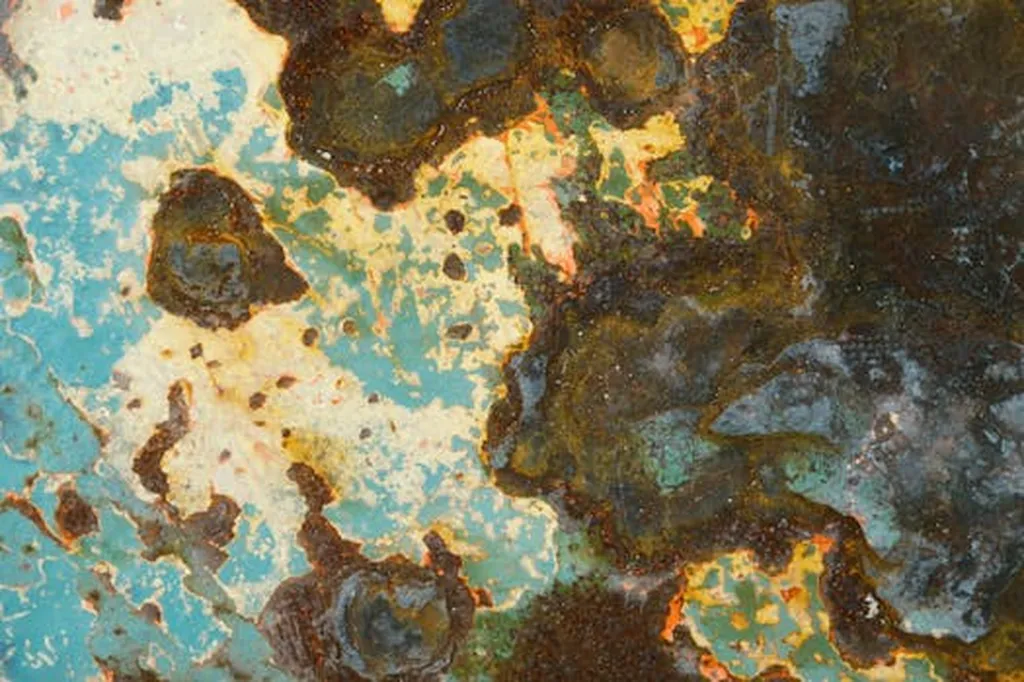In the quest to protect copper from corrosion, a team of researchers led by Pritee Raotole from MGSM’s Dadasaheb Dr. Suresh G. College has made a significant breakthrough. Their work, published in the Journal of Materials Science: Materials in Engineering (which translates to “Journal of Materials Science: Materials in Engineering” in English), focuses on the synthesis and characterization of a novel copolymer coating that could revolutionize the way we protect copper substrates in various industries, particularly in the energy sector.
Copper is a vital material in the energy industry, used extensively in power generation, transmission, and distribution. However, its susceptibility to corrosion poses significant challenges, leading to increased maintenance costs and potential failures. Raotole and her team have developed a new copolymer coating, Poly (aniline-co–o-methoxy aniline) (PAOMA), that shows remarkable promise in enhancing the corrosion resistance of copper.
The researchers synthesized PAOMA coatings on copper substrates using an aqueous solution of sodium salicylate. They employed electrochemical copolymerization of aniline with o-methoxy aniline under cyclic voltammetric conditions, varying the monomer feed ratios to optimize the coating’s properties. “The comparative analysis of the cyclic voltammograms recorded during polymerization clearly reveals the effect of the monomer ratio on the formation of the copolymer and the quality of the coatings,” Raotole explained.
The team characterized the resulting coatings using a suite of advanced techniques, including cyclic voltammetry, UV–visible absorption spectroscopy, scanning electron microscopy (SEM), nuclear magnetic resonance (NMR) spectroscopy, and Fourier transform infrared spectroscopy (FTIR). These analyses confirmed the successful synthesis of the copolymer and provided insights into its structural and morphological properties.
One of the most striking findings of this research is the superior corrosion resistance of the PAOMA-5 coating. When evaluated in a 3% NaCl solution, the PAOMA-5 coated copper exhibited a remarkable positive shift of 344 mV in corrosion potential, a corrosion rate 875 times lower than that of bare copper, and a protection efficiency of 99.9%. “The analysis of these results implies that the copolymer PAOMA-5 coating provides effective protection to copper against corrosion in aqueous 3% NaCl as compared to that of the other copolymers and also than the corresponding homopolymers,” Raotole noted.
The implications of this research for the energy sector are profound. Copper is widely used in electrical components, power transmission lines, and renewable energy systems, where corrosion can lead to significant inefficiencies and failures. The development of highly effective corrosion-resistant coatings like PAOMA-5 could extend the lifespan of these components, reduce maintenance costs, and enhance the overall reliability of energy infrastructure.
Moreover, the methodology employed in this study could pave the way for the development of other advanced coatings tailored to specific industrial applications. “This research not only highlights the potential of PAOMA coatings but also opens up new avenues for the design and synthesis of novel polymeric materials with enhanced functional properties,” Raotole added.
As the energy sector continues to evolve, the demand for durable and efficient materials will only grow. The work of Raotole and her team represents a significant step forward in meeting this demand, offering a glimpse into the future of corrosion protection and materials science.

